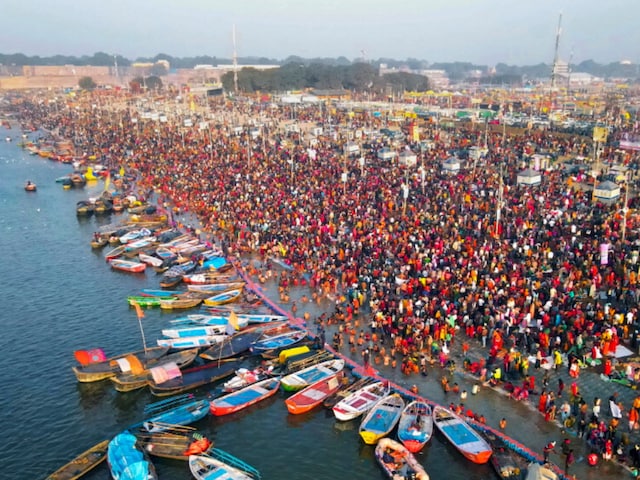Kathmandu: The six-week-long Kumbh Mela festival concludes on Wednesday with final ritual river bathing ceremonies, marking the end of one of the largest religious gatherings in the world. Organizers estimate that hundreds of millions of devotees participated in the event.
Despite two tragic stampedes that resulted in dozens of deaths, the festival has been hailed as a success by Prime Minister Narendra Modi’s government. Modi’s Hindu nationalist party has positioned the event as a symbol of Hindu resurgence and cultural prosperity.
Both Modi and Uttar Pradesh Chief Minister Yogi Adityanath, a prominent Hindu monk and political ally, described this year’s Kumbh Mela as the “grandest” ever. Modi himself took part in the sacred ritual, bathing at the confluence of the Ganges and Yamuna rivers—one of the holiest sites for Hindus.
The Kumbh Mela, deeply rooted in Hindu mythology, is believed to originate from an ancient battle between gods and demons over a pitcher containing the nectar of immortality. The festival, which began on January 13, concludes on the auspicious occasion of Maha Shivaratri, dedicated to Lord Shiva.
As the event wraps up, authorities reflect on both the massive scale of participation and the challenges of managing such an enormous gathering.
